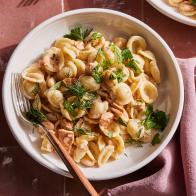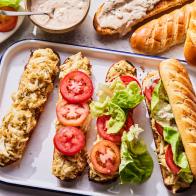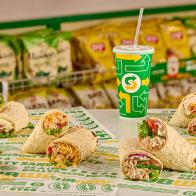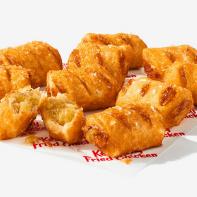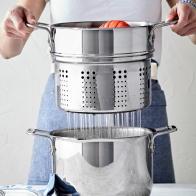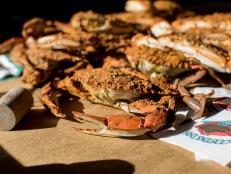1 / 26
From Colby to Craft Beer
It’s known as America’s Dairyland, but Wisconsin serves up an extraordinary array of edibles: produce from apples to zucchini; ethnic sausages and grass-fed meats; fish from lake and stream; foraged foods; and specialties like craft beers and cream puffs. And, oh yeah, there’s also cheese galore. The state’s lush food culture stems from its varied geography and climate, a rich tapestry of ethnic backgrounds and a deep-rooted history of dairying and mixed agriculture. In Wisconsin, we don’t just celebrate with food; we celebrate because of food.
Illustration by Hello Neighbor Designs

